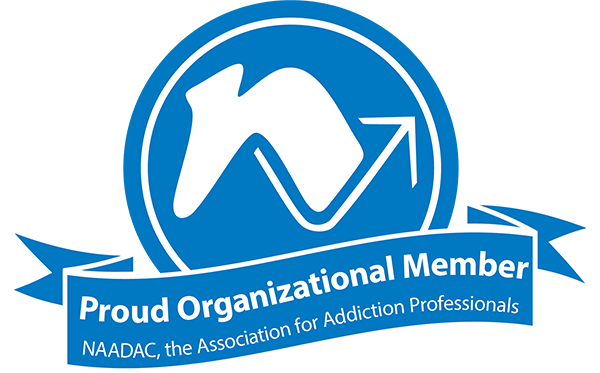Xanax is one of the most widely prescribed anti-anxiety medications in the U.S.—but also one of the most commonly misused. Whether you’re taking it under a doctor’s supervision or concerned about drug testing, a common question is: how long does Xanax stay in your system? In this article, we break down the science behind Xanax’s half-life, detection timelines for different drug tests, and what long-term users should know about potential risks.
What Is Xanax and How Does It Work?
Xanax, the brand name for alprazolam, is a prescription medication belonging to a class of drugs known as benzodiazepines. It’s primarily used to treat anxiety disorders, panic disorders, and sometimes insomnia. Xanax works by enhancing the effects of a neurotransmitter in the brain called gamma-aminobutyric acid (GABA).
GABA has a calming effect on the nervous system. When Xanax increases GABA activity, it slows down brain activity, helping to reduce feelings of anxiety, stress, and panic. The result is a rapid sedative effect, which is why Xanax is known for working quickly—often within 30 minutes.
Because of its fast-acting nature and calming effects, Xanax can be helpful in acute situations, but it also has a high potential for dependence and abuse when not taken as prescribed. For this reason, Xanax is considered a Schedule IV Controlled Substance.
Xanax Half-Life: How Long It Stays Active
The half-life of Xanax is roughly eleven hours. This means it takes that amount of time for half of the drug to leave a person’s system. However, the total time it takes for the drug to fully clear from your system can range from 2 to 4 days, depending on individual factors.
While the effects of Xanax typically wear off within 4 to 6 hours, traces of the drug can linger much longer. That’s why someone may no longer feel the medication working, even though it’s still detectable in their body.
How Long Does Xanax Stay in Your System by Test Type?
Different drug tests detect Xanax for different lengths of time after use:
- Urine Test: Xanax and its metabolites can be detected in urine for a longer period than in blood. Generally, you can expect it to be detectable for up to three to four days after your last dose.
- Blood Test: With an eight-hour half-life, this is around 40 hours; with a 16-hour half-life, it is closer to 80 hours. Blood tests can identify Xanax up to two to three days after the previous dose, however this varies significantly depending on individual circumstances.
- Saliva Test: Xanax is usually detectable in saliva for about one to two days after the last dose.
- Hair Test: Detectable for up to 90 days
The exact detection window varies based on dose, frequency of use, metabolism, and more.
Factors That Affect How Long Xanax Stays in Your System
Several factors can influence how long Xanax remains detectable in your body:
- Dosage and Frequency of Use: Higher or more frequent doses take longer to clear.
- Age and Metabolism: Younger people with faster metabolisms tend to eliminate the drug more quickly.
- Liver Function: Impaired liver function can slow down the body’s ability to process and eliminate Xanax.
- Body Fat Percentage: Xanax is fat-soluble, so it may be stored longer in people with higher body fat.
- Other Medications: Some drugs can interact with Xanax and affect how it’s metabolized.
Understanding these factors is important, especially if you’re undergoing drug testing or managing a prescription. Always consult a healthcare provider before making any changes to your medication routine, as individual responses to Xanax can vary significantly.
"*" indicates required fields
Fill out the form below and one of our admissions team members will reach out to you:
"*" indicates required fields
Risks of Long-Term Xanax Use
Xanax is an extremely powerful drug, even compared to other drugs in its class. One of the most concerning issues is the potential for dependence and addiction. Over time, the brain can become reliant on the drug to feel calm or function normally, making it difficult to stop without experiencing withdrawal symptoms. This includes benzodiazepine withdrawal seizures, which can be lethal.
But there’s another serious danger with long-term benzodiazepine use: benzodiazepine-induced neurological dysfunction (BIND). A recent report in the Wall Street Journal found that people who were on Xanax for an extended period suffered from protracted withdrawal symptoms that lasted months or years. One anecdote involved a woman who would go into seizures after being hit by shower water; another, six years after stopping use, still struggles with panic attacks and agoraphobia.
While effective for short-term relief, Xanax carries a high potential for addiction. Misuse can lead to physical and psychological dependence, with withdrawal symptoms such as heightened anxiety, agitation, and sleep disturbances. Combining Xanax with substances like alcohol can dangerously suppress the central nervous system, increasing the risk of severe respiratory depression or death.
Professional Xanax Addiction Treatment
Xanax addiction is a serious condition that can lead to physical dependence, making it difficult to stop without professional help. As an anxiety medication, Xanax is commonly prescribed to treat anxiety and panic disorders, including social anxiety, but long-term use increases the risk of benzodiazepine addiction. The drug works by enhancing the GABA receptor, which calms the nervous system, but dependence can develop quickly, leading to Xanax withdrawal symptoms such as anxiety, insomnia, and seizures when stopping taking it. Drug detox and detox programs are essential for managing withdrawal safely, often as part of dual diagnosis treatment for individuals with a co-occurring disorder, such as anxiety.
Know the Signs and Get Help
Recognizing the signs of Xanax addiction is key in finding the right addiction treatments. Symptoms may include increased tolerance, compulsive use despite negative consequences, and neglect of responsibilities. Treatment often begins with a medically supervised detox to manage withdrawal symptoms safely, followed by therapies such as cognitive-behavioral therapy (CBT) to address underlying issues and develop coping strategies. Comprehensive rehabilitation programs may also incorporate holistic approaches and support groups to aid recovery.
If you or someone you know is struggling with taking Xanax, seeking professional help is essential. Facilities like Footprints to Recovery offer tailored treatment programs and plans to support individuals on their journey to sobriety. A drug and alcohol detox center can help anyone get sober once and for all.







